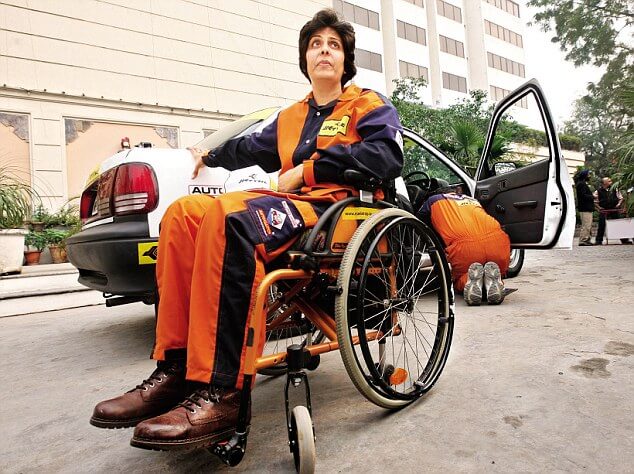1. Stephen Hawking - ALS (Amyotrophic Lateral Sclerosis)
Profession - English Theoretical Physicist
Stephen Hawking is a well-known celebrity in academics and recipient of numerous appreciations: Honorary Fellow of the Royal Society of Arts, Presidential Medal of Freedom and lifetime member of the Pontifical Academy of Sciences.
Despite being challenged by motor neuron disease, he is one of the most admired scientists in physics, with numerous books and publications under his belt.
2. Helen Keller - Blind and Deaf
Profession - Lecturer and Activist
Keller was the first ever to earn Bachelors in Arts. She was also a political activist and a celebrated author in America. She was one of the leading hands in founding American Civil Liberties Union (ACLU).
3. John Nash - Schizophrenia
Profession - Renowned American Mathematician
John Nash suffered from paranoid schizophrenia. Few years after being out of college, Nash starting developing signs of schizophrenia. However, the illness never affected his love for mathematics. His work on geometry and partial differential equations is still considered as outstanding.
4. Christy Brown - Cerebral Palsy
Profession - Poet, Painter and Author
Brown was challenged with cerebral palsy. Until the age of 5, he wasn't able to respond on his own will. Only after that, his left foot was responsive as opposed to the whole body. He is a celebrity author for his autobiography 'My Left Foot'.
5. Demosthenes - Stammer
Profession - Orator
Demosthenes was one of the most robust and influential speakers of all time. At a tender age of 11, he tried to commit suicide; however, he survived. He used to sit by the beach for hours, with pebbles in his mouth. Eventually, he became of the most admired orators in history.
6. Vincent van Gough - Mental Illness
Profession - Painter
Vincent Van Gough was one of the most admired and influential painters to have walked the face of the Earth. He suffered depression and was hospitalized. Although he killed himself, his paintings remained as one of the marvelous crafts of all time.
7. Beethoven - Deaf
Profession - Composer
Despite being deaf, Beethoven turned out to be one of the biggest composers of all time. He was guided by Mozart and studied Piano. He was famous for his brilliant and dubious improvisations.
8. Sudha Chandran - Amputation
Profession - Dancer
Sudha Chandran met with a terrible accident one time that resulted in the amputation of her right leg. Despite the crushing disability, Chandran emerged as one of the most acclaimed and influential classical dancers in India.
9. Frida Kahlo - Polio
Profession - Painter
Kahlo suffered from polio. Despite her physical disability, she was one of the most celebrated painters in all of Mexico. Her painting mostly includes self-portraits, landscaped and figment of imagination.
10. Marla Runyan - Stargardt’s Disease
Profession - Professional Runner
Marla Runyan developed Stargardt’s Disease at the age of 9. This left her blinded for the rest of her life. However, she took the stick of courage and emerged out as a national champion 3 times in women's 5000-metres race. She won medals and accolades at various national and international sporting events.
11. Stevie Wonder - Blind
Profession : Musician, Singer
12. Marlee Matlin - Deaf
Profession : Actress
13. Ralph Braun - Muscular Dystrophy
Profession : Businessman, Founder and CEO of Braun Corporation
14. John Hockenberry - Spinal Cord Injury
Profession : Journalist, Author, 4 times Emmy Award Winner
15. Tanni Grey-Thompson - Spina Bifida
Profession : Wheelchair Racer
The stories of the above personalities prove only one important fact – it takes more than courage to face the adversities to win over and be victorious. If they could do it, so could you!


























































